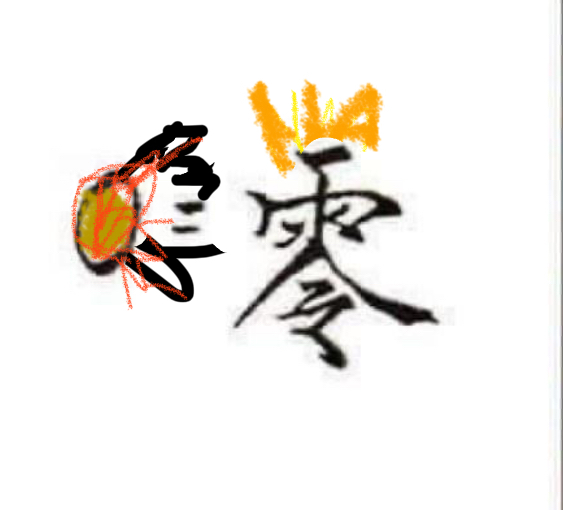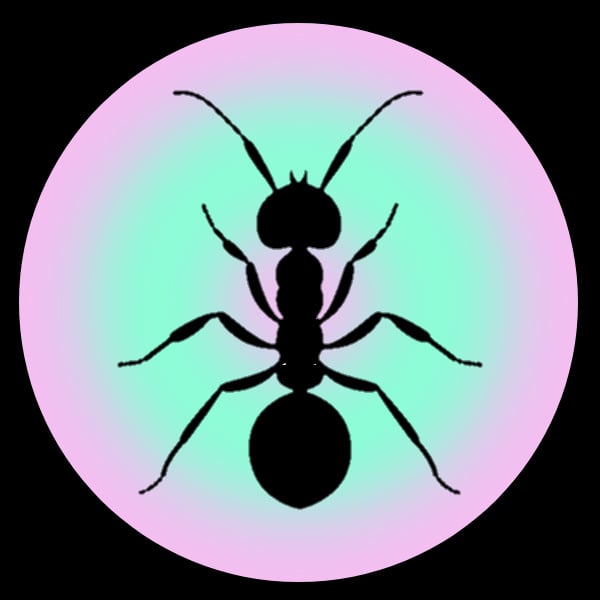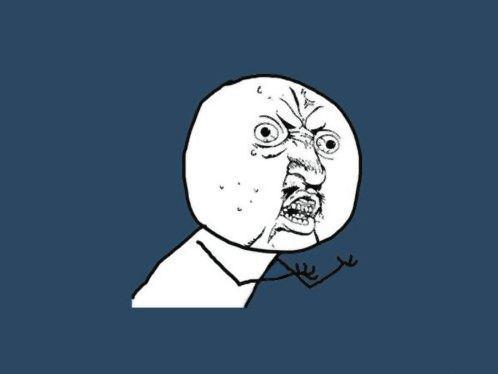To be fair, zero is a complicated number
It’s to scare people off from dividing by it.
They have to sell zero to a US owned company.
I’m sure the chinese have equivalent memes about having to learn arabic numbers, at least you don’t have to use it in written out numbers, 20 is 二十, two-ten, 200 is 二百, two-hundred, 2000 is 二千, two-thousand, 200,000 is 二十万, two-hundred-thousand.
There less memorizing irregular words like twelve and X-teen and converting 30 to thirty, since it’s all pronounced as written.
It probably sounds silly but I quite enjoy not memorizing different names for days of the weeks and months like when I was learning french … Lundi, Mardi …
Nice to be like 星期一,星期二,星期三 … for week days and 一月,二月,三月… for months.
Same, and not having to remember different versions of words for tense and gender is great. Where Chinese gets you back though, is measure words. Is a can of beans many 颗? 粒? One 包? Oh I was supposed to remember 罐?
I mean tbf you’re addressing a can of bean, so 罐 is correct. It’s the container that count, not the content.
I don’t mind the measure words so much because you can always use the generic one and people will understand, it’s the tones that really mess me up.
I find the tones are hard, but I find it’s easier to remember them within a sentence than for individual worlds. Good news is if you mess it up, context still makes it possible to figure out what you meant.
Dumplings vs sleep…it still gets me
Japanese pronounces some numbers different depending on what you are counting. Is this the same for Chinese?
I think there are certain phrases found in different dialects of Chinese. In Cantonese, the formal way of reading twenty is 十二, but the colloquial term would be 廿.
十二 not 二十?
No, but whenever you have something that’s countable (even if it’s just 1), you have to do <number> <measure word> <thing>, so instead of “I have a ticket” or “we want 2 waters”, you have to do “I have 1 <measure word for flat things> ticket” or “I(plural) want 2 <measure word for cups> water”.
There’s a generic measure word, but I think it’s seen as improper to use it.
Bro first of all, no one should ever freeze a gyro, second, will you please elaborate because that is 100% interesting
The separate counter for 10,000 does my head in
Shhhh they don’t need to know that yet.
I would have interpreted that as ‘prolapse’
Good thing no one is expecting me to provide translations
It’s clearly a man pissing his name into the snow (in simplified Chinese)
Good energy, it just didn’t work here. It would if you had the word bussy: 菊
I dont know Chinese but it probable means empty or something.
According to wiktionary, it means to wither and fall, in some contexts it’s used to refer to rain or tears.
It also means bottom(in gay contexts). lmao what that zerussy do?
Hmmm, like death? as in cease to exist? Very interesting anyways.
No, death is 4 actually. Nobody knows why.
We do know why, it’s because death 死 and four 四 have the same pronunciation sǐ in Chinese (and shi in Japanese).
No shit, but why is it a homophone with such a common word?
homophones are common in Chinese and Japanese because there’s only so many potential readings of a hieroglyph, but each one has a different meaning
Sure, but they’re often different enough to to be obvious in context, or similar enough to have a shared etymology.
Tones came later in Chinese, so when you have 2 homophones with similar meaning and different tones, they’re usually from words that had 2 suffixes, which were later dropped, but the tone of first part remained, 买 and 卖 didn’t end up with the same word by coincidence.
It meant “falling from the heavans”/ “rain”
It’s a dude with his hands on his hips and his shadow beneath him.

He’s also going wtf is this
wdym complicated? it’s easy!
壹貳參肆伍陸柒捌玖拾 see? easy!
For everyone who don’t know, this is the complicated version of Chinese numbers. In modern days, they are mostly used in writing cheques, because these characters are not as easily modified as the simple version.
Traditional chinese. It scares me.
Nope, these are bank numerals for banknotes and checks
Probably because zero is technically a concept not a number. Roman numerals didn’t even have a zero

Well, it couldn’t be the natural progression.
I mean I kind of get it, it’s symbol based, and the symbol kind of looks like an all consuming void sucking things up, a representation of the absence of things
ITT, a bunch of people who know literally nothing about this subject offering explanations.
The character 零 (“líng”) contains a semantic component (on the top) and a sound component (on the bottom), the semantic component is 雨, meaning rain, and the sound component is 令 “lìng”.
The word initially referred to very light rain and so the character essentially means “the type of rain that sounds like lìng”. For whatever reason the meaning drifted from very light rain towards “barely any” and then “nothing/zero”.
The bottom/top usage is simple, the “zero” is the receiving hole and the “one” is the penetrating appendage, i.e. the submissive versus the dominant partner. That usage is definitely slang, though!
So basically the word for zero is “drizzle”?
That’s awesome
0 = diarrhea man. Got it!

What the fuck
swap.avi













